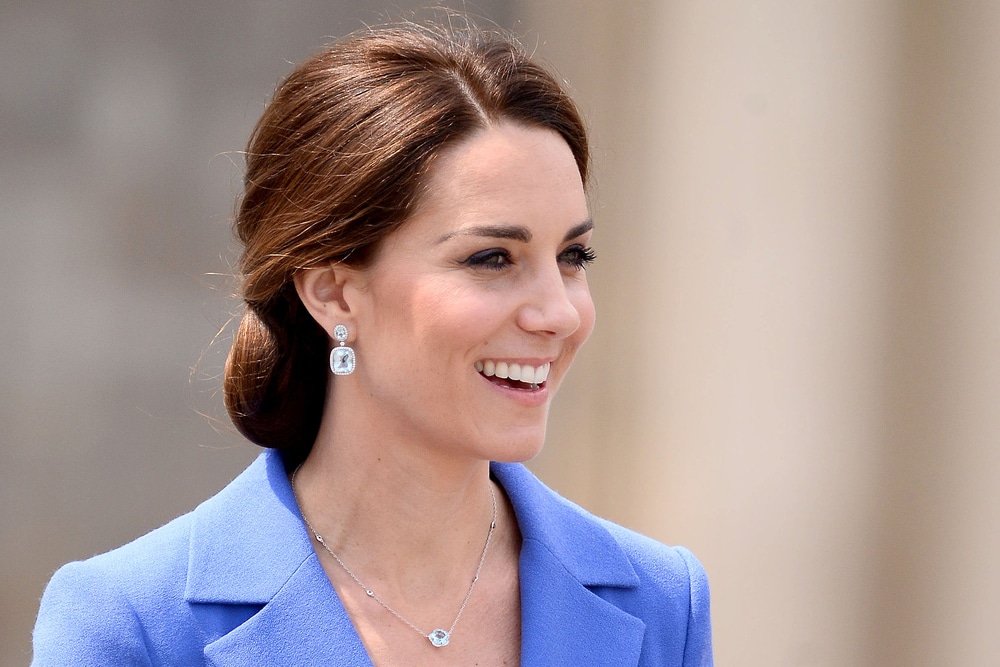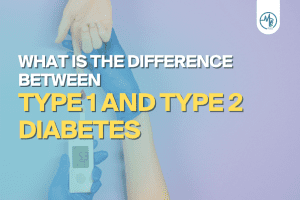Unravelling the Enigma: Kate Middleton’s Mysterious Absence
In the wake of Christmas 2023, the sudden scarcity of public appearances by Kate Middleton, Princess of Wales, has morphed from a minor curiosity among royal enthusiasts to a subject of global speculation. This narrative has been amplified by peculiar snippets of information. Grainy images, an altered photograph, and inconsistent updates from the British royal family, have catalysed a wave of speculation, humour, and concern.
The so-called disappearance of the Princess has fostered a plethora of conspiracy theories. It has also led to a surge in public engagement with the royal narrative, reflecting the complex interplay of parasocial relationships in the digital age.
This unprecedented situation has given rise to ‘Katespiracies,’ where droves of amateur detectives and photo forensics enthusiasts have combined genuine concern with fantastical speculation. Many of them suggest that recent images of Kate are manipulated, questioning her actual whereabouts. The fervour reached new heights when a Mother’s Day photo, suspected to have been altered, was retracted by news outlets, leading to intensified scrutiny from typically supportive British media.
The public’s fixation on the Princess’s absence exemplifies the evolving nature of parasocial interactions. Digital platforms facilitate a deeper, albeit one-sided, connection with public figures. This highlights a broader cultural phenomenon: the intensification of public investment in celebrities’ lives. It highlights how digital advancements have not only bridged the gap between public figures and the populace. It also amplifies expectations for their constant visibility, thereby rendering their absence more conspicuous and unsettling.
The Digital Age and Parasocial Dynamics
The concept of parasocial relationships was originally coined in the 1950s. It has undergone a significant transformation in the digital age, where the lines between the public and celebrities have blurred more than ever before.
This phenomenon, where individuals develop a sense of friendship or emotional attachment to public figures despite no direct interaction, has been amplified by the pervasive reach of social media. Platforms such as X, Instagram, and TikTok have not only made celebrities more accessible. They have also created an illusion of intimacy and personal connection. As a result, the absence of public figures from the public eye triggers a pronounced reaction from the public, akin to concern for a distant friend.
The digital landscape has provided a fertile ground for these parasocial interactions to flourish. Fans constantly consume updates about their favourite celebrities’ lives, deepening their emotional investment. Studies have shown that such relationships can influence fan behaviour and perceptions, affecting everything from media consumption habits to personal identity. In the case of the Princess’s disappearance, the digital echo chamber has magnified speculative theories and concern. This showcases the potent influence of online platforms in shaping public discourse around celebrities.
Moreover, the digital era has introduced new dimensions to celebrity culture. Fans can interact with each other, share theories, and collectively participate in the narrative surrounding a public figure. This communal aspect of digital parasocial relationships creates a collective experience that can amplify public reactions to events concerning celebrities. The situation surrounding Kate Middleton exemplifies how digital platforms can transform individual concerns into a widespread phenomenon that spans global audiences.
Historical Precedents and the Evolution of Public Interest
The public’s intense reaction to the absence of Kate Middleton is not an isolated phenomenon. It is part of a historical continuum where parasocial relationships have significantly influenced public discourse around celebrities and royal figures. Historical precedents, such as the global mourning for Princess Diana and the public concern for Britney Spears during her mental health struggles, underline the profound impact of these one-sided relationships. These instances highlight how, through the years, the public has formed deep emotional connections with public figures, leading to widespread reaction during times of crisis or absence.
The evolution of media has played a pivotal role in shaping these relationships. While the phenomenon of parasocial interaction was initially observed in the context of television and radio personalities, the advent of the internet and social media has drastically expanded its scope and intensity. The digital age has facilitated a more immersive engagement with the lives of public figures. This allows for a continuous stream of information and fostering a sense of intimacy that was previously unattainable.
Furthermore, the transition from traditional to digital media has transformed the way information is disseminated and consumed. The immediacy and accessibility of social media allow for real-time updates and interactions. This creates an environment where rumours and speculation can spread rapidly. In the case of Kate Middleton, the digital amplification of her absence illustrates how modern media landscapes contribute to the escalation of public interest and concern.
The Psychological Underpinnings of Parasocial Phenomena
These relationships, though one-sided, fulfil psychological needs similar to those satisfied by real-life interpersonal relationships, such as companionship, emotional support, and a sense of belonging. This framework helps to explain why the public reacts so viscerally to changes in the visibility of figures like the Princess of Wales.
The role of identity and self-concept in parasocial relationships cannot be overlooked. Fans often see parts of themselves reflected in their favourite celebrities. Or, they may aspire to emulate certain qualities that these figures represent. Thus, the disappearance of a public figure can trigger an unsettling reflection on one’s own identity and values. This phenomenon is compounded by the communal nature of online discourse.
Towards a Deeper Understanding of Kate Middleton’s Disappearance
In analysing the public’s response to Catherine’s absence, we uncover a deeper narrative about how digital platforms have reshaped the parameters of fame, accessibility, and privacy. The fervent speculation and concern that have emerged reveal a collective yearning for authenticity and transparency in an era often marked by curated personas and fragmented realities.
Moreover, Kate Middleton’s absence and the ensuing public reaction serve as a mirror, reflecting societal attitudes towards celebrity, privacy, and the role of the monarchy in contemporary society. It raises questions about the boundaries of public interest and the ethical considerations surrounding the consumption of celebrity lives as entertainment.
As we move forward, the lessons gleaned from this episode can inform a more nuanced approach to celebrity culture and digital communication. It highlights the need for a balanced engagement with public figures. One that respects the privacy and humanity of individuals while satisfying the public’s desire for connection and insight. In a world where the lines between the personal and public are increasingly blurred, fostering a culture of empathy and understanding becomes paramount.
References
- Greenwood, D. N., & Long, C. R. (2009, July 21). Psychological Predictors of Media Involvement. Communication Research, 36(5), 637–654. https://doi.org/10.1177/0093650209338906
- Cohen, J. (2004, April). Parasocial Break-Up from Favorite Television Characters: The Role of Attachment Styles and Relationship Intensity. Journal of Social and Personal Relationships, 21(2), 187–202. https://doi.org/10.1177/0265407504041374
- Willingham. (2024, March 16). The Princess of Wales controversy has only gotten worse. CNN. https://edition.cnn.com/2024/03/15/world/kate-middleton-news-controversy-cec/index.html
- Horton, D., & Wohl, R. (1956, August 1). Mass Communication and Para-Social Interaction. Psychiatry MMC. https://doi.org/10.1080/00332747.1956.11023049
- Derrick, J. L., Gabriel, S., & Hugenberg, K. (2009, February). Social surrogacy: How favored television programs provide the experience of belonging. Journal of Experimental Social Psychology, 45(2), 352–362. https://doi.org/10.1016/j.jesp.2008.12.003
- Marwick, A., & boyd, D. (2011, May). To See and Be Seen: Celebrity Practice on Twitter. Convergence: The International Journal of Research Into New Media Technologies, 17(2), 139–158. https://doi.org/10.1177/1354856510394539
- Greenwood, D. N., & Long, C. R. (2009, July 21). Psychological Predictors of Media Involvement. Communication Research, 36(5), 637–654. https://doi.org/10.1177/0093650209338906
- Cohen, J. (2004, April). Parasocial Break-Up from Favorite Television Characters: The Role of Attachment Styles and Relationship Intensity. Journal of Social and Personal Relationships, 21(2), 187–202. https://doi.org/10.1177/0265407504041374












